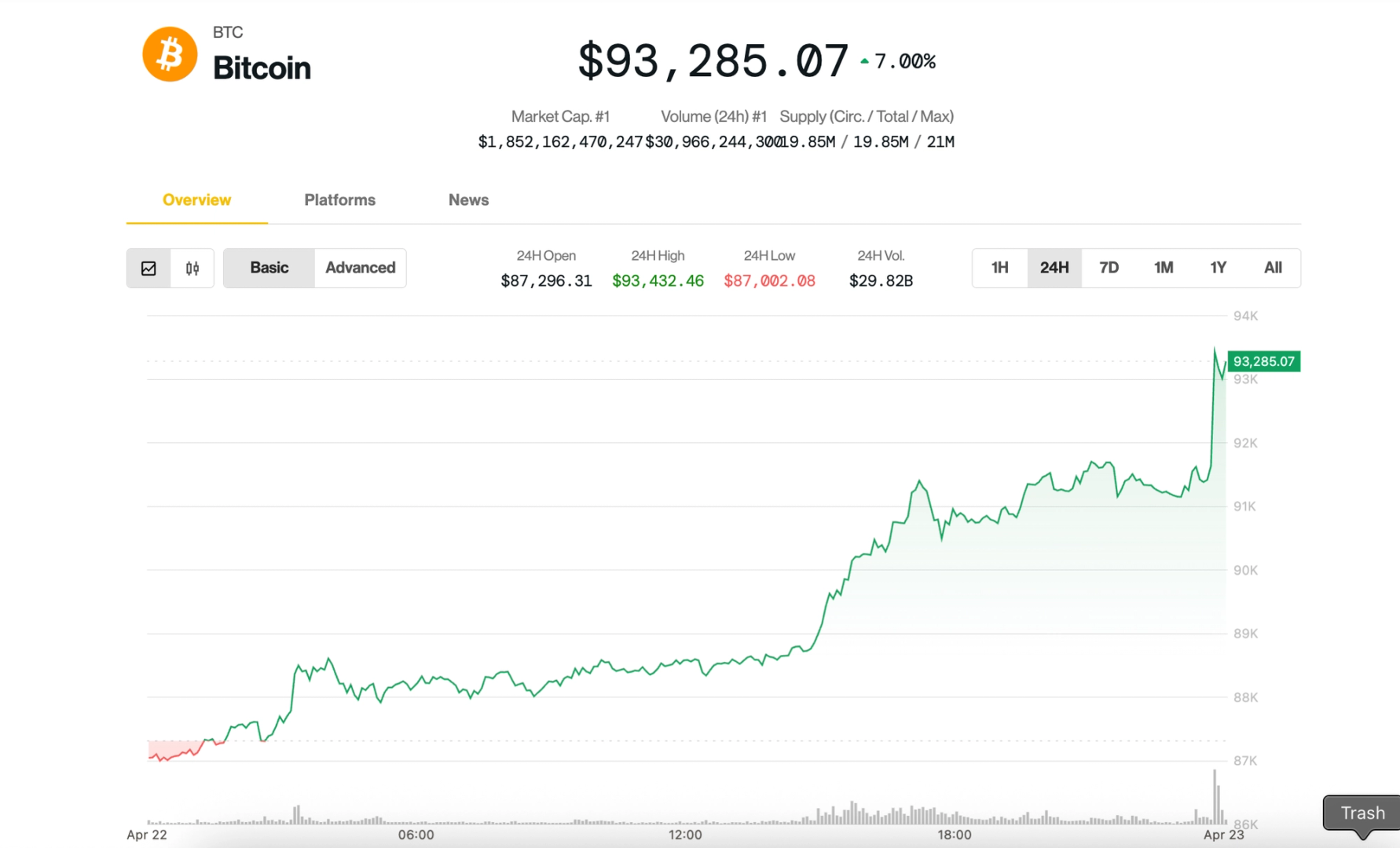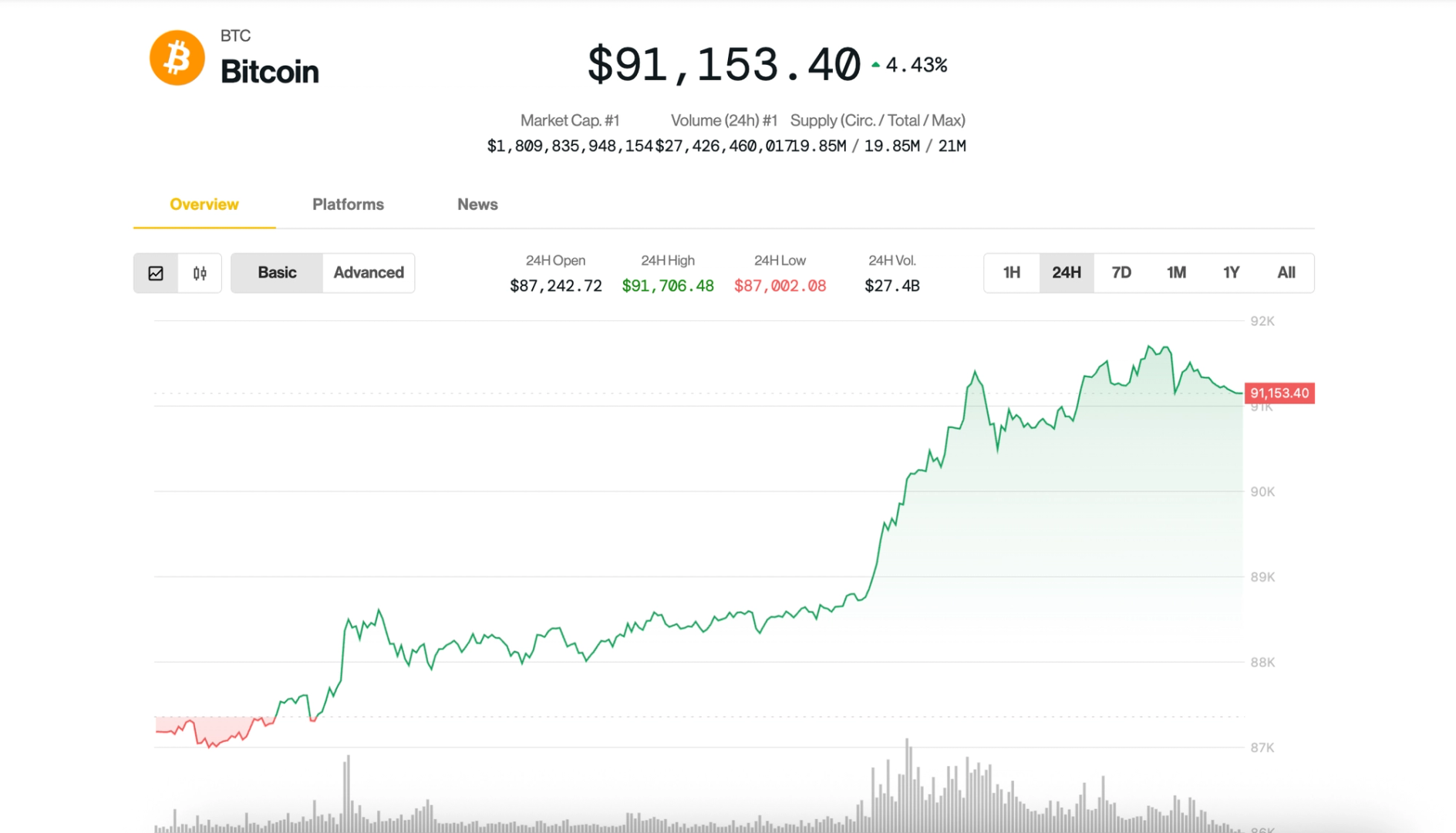Talos Linux: a new standard for on-premises Kubernetes clusters?
A few weeks ago, I was at KubeCon Europe 2025 in London and I had the opportunity to attend a presentation that tackled the monumental challenge of migrating 35 Kubernetes clusters in an air-gapped environment from nodes deployed with a mix of kubeadm/Ansible/Puppet to Talos Linux nodes deployed using Cluster API. While the presentation was quite interesting (you can get the slides here and watch the session recording on CNCF's YouTube Channel), I want to dive more into the Talos Linux project and its features. What is Talos Linux? Talos Linux is a modern Linux distribution purpose-built for running Kubernetes clusters. Some noteworthy characteristics of Talos Linux are: Immutable: Talos Linux is designed to be immutable and always runs from a SquashFS image. This means that the operating system is read-only and cannot be modified at runtime. This immutability provides a strong security posture and means that there is no need to worry about unintended changes to the operating system. Minimal: Talos Linux is a minimal operating system that only includes the components necessary to run Kubernetes. All the OS is built from the ground-up and no unnecessary components are included. This minimalism reduces the attack surface and improves performance. Ephemeral and Declarative: Talos Linux nodes are ephemeral and everything written to disk is reconstructible. It is also declarative, meaning that the desired state of the system is defined in a configuration file and gRPC API, which is perfect for someone that loves automation and reproducibility, like myself. Secure: As a consequence of its design, Talos Linux provides enhanced security features, ensuring that the system remains robust against various threats. Agnostic: Talos Linux is cloud-agnostic, allowing it to run on various cloud providers and on-premises environments without vendor lock-in. In summary, and I'm quoting the official documentation, "Talos is meant to do one thing: maintain a Kubernetes cluster, and it does this very, very well." My thoughts I have been following the Talos Linux project for a while, and I was gladly surprised to see a Swiss-bank like PostFinance being on the forefront of adopting such modern solutions like Talos Linux and Cluster API. I think Talos Linux will be a key player in the Kubernetes ecosystem, especially for organizations looking for an on-premises solution that's secure, efficient and easy to manage. The fact that Talos is declarative and immutable might seem like a drawback at first for someone used to the old ways of managing infrastructure with Ansible or Puppet, but I believe that this is the future of managing Kubernetes clusters. I want my nodes to behave like pods that I can easily create, destroy, and replace. Besides, I don't want to deal with the overhead of managing the operating system. I already have enough to deal with the on-premises infrastructure for the network and storage and the Kubernetes cluster itself, so why not offload the management of the operating system to a purpose-built distribution like Talos? With Omni, Sidero Lab's SaaS platform for managing Talos Linux clusters, I believe Sidero Labs have a good revenue model to continue developing Talos Linux. As a fan of open-source, we are all aware of the challenges of maintaining a project like Talos Linux, and I believe that having a SaaS platform to manage Talos Linux clusters is a good way to ensure the project's sustainability. Talos Linux vs. other solutions Red Hat OpenShift is a well-known solution in large enterprises. However, more than a Kubernetes distribution, it is a complete platform that includes a lot of features and components, including CI/CD tools, monitoring, etc. It is also expensive. On the other hand, Talos Linux shines with its simplicity and minimalism, which brings more flexibility and allows teams to choose their solution to complete the platform as they see fit. RKE2 is another Kubernetes distribution that focuses on simplicity and security, making it a strong contender for organizations looking for a lightweight solution. However, it still requires an underlying operating system that you need to operate. Bonus While at KubeCon, I had the opportunity to visit the Sidero Labs' booth and talk to the team behind Talos Linux. I thank the team for a warm welcome and great conversations about the project. Go further I wanted to keep this blog post short and not too technical, but if you want to learn more about Talos Linux, I recommend checking out the following resources: What is Talos? Talos Linux GitHub Repository Quickstart a Talos Linux cluster with Docker Philosophy of Talos Linux Interesting Reddit thread with some comments from Sidero Labs' employees
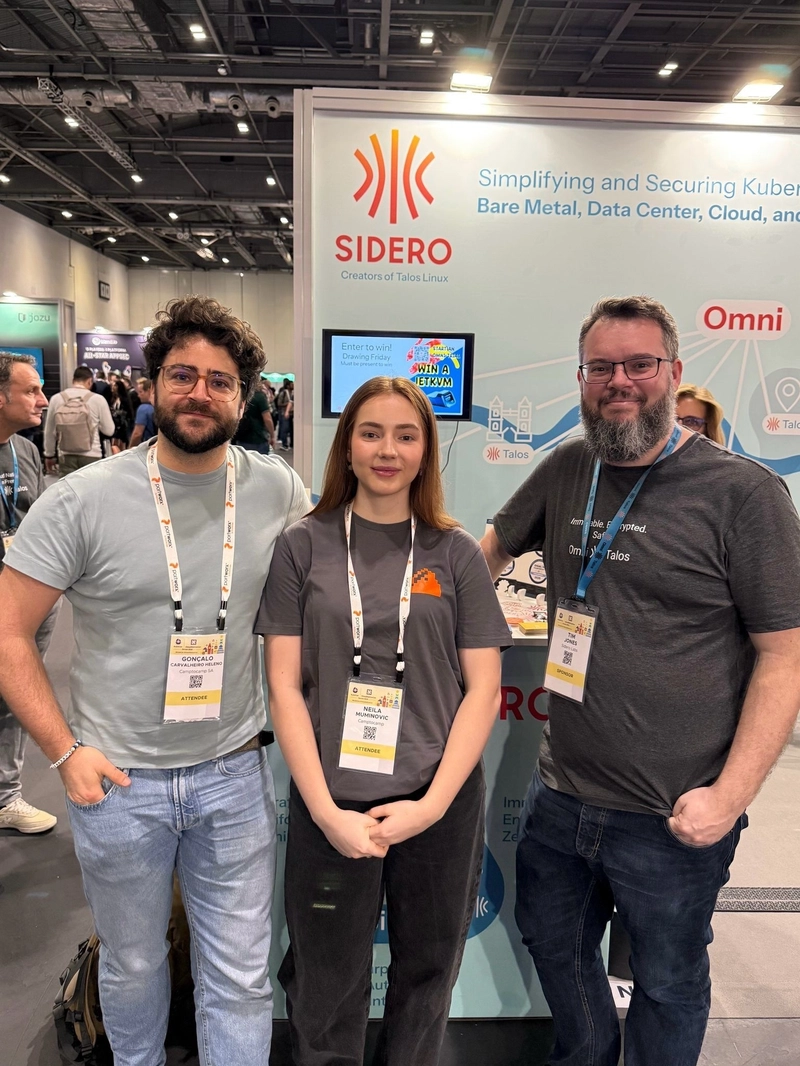
A few weeks ago, I was at KubeCon Europe 2025 in London and I had the opportunity to attend a presentation that tackled the monumental challenge of migrating 35 Kubernetes clusters in an air-gapped environment from nodes deployed with a mix of kubeadm/Ansible/Puppet to Talos Linux nodes deployed using Cluster API.
While the presentation was quite interesting (you can get the slides here and watch the session recording on CNCF's YouTube Channel), I want to dive more into the Talos Linux project and its features.
What is Talos Linux?
Talos Linux is a modern Linux distribution purpose-built for running Kubernetes clusters. Some noteworthy characteristics of Talos Linux are:
- Immutable: Talos Linux is designed to be immutable and always runs from a SquashFS image. This means that the operating system is read-only and cannot be modified at runtime. This immutability provides a strong security posture and means that there is no need to worry about unintended changes to the operating system.
- Minimal: Talos Linux is a minimal operating system that only includes the components necessary to run Kubernetes. All the OS is built from the ground-up and no unnecessary components are included. This minimalism reduces the attack surface and improves performance.
- Ephemeral and Declarative: Talos Linux nodes are ephemeral and everything written to disk is reconstructible. It is also declarative, meaning that the desired state of the system is defined in a configuration file and gRPC API, which is perfect for someone that loves automation and reproducibility, like myself.
- Secure: As a consequence of its design, Talos Linux provides enhanced security features, ensuring that the system remains robust against various threats.
- Agnostic: Talos Linux is cloud-agnostic, allowing it to run on various cloud providers and on-premises environments without vendor lock-in.
In summary, and I'm quoting the official documentation, "Talos is meant to do one thing: maintain a Kubernetes cluster, and it does this very, very well."
My thoughts
I have been following the Talos Linux project for a while, and I was gladly surprised to see a Swiss-bank like PostFinance being on the forefront of adopting such modern solutions like Talos Linux and Cluster API.
I think Talos Linux will be a key player in the Kubernetes ecosystem, especially for organizations looking for an on-premises solution that's secure, efficient and easy to manage.
The fact that Talos is declarative and immutable might seem like a drawback at first for someone used to the old ways of managing infrastructure with Ansible or Puppet, but I believe that this is the future of managing Kubernetes clusters.
I want my nodes to behave like pods that I can easily create, destroy, and replace. Besides, I don't want to deal with the overhead of managing the operating system. I already have enough to deal with the on-premises infrastructure for the network and storage and the Kubernetes cluster itself, so why not offload the management of the operating system to a purpose-built distribution like Talos?
With Omni, Sidero Lab's SaaS platform for managing Talos Linux clusters, I believe Sidero Labs have a good revenue model to continue developing Talos Linux. As a fan of open-source, we are all aware of the challenges of maintaining a project like Talos Linux, and I believe that having a SaaS platform to manage Talos Linux clusters is a good way to ensure the project's sustainability.
Talos Linux vs. other solutions
Red Hat OpenShift is a well-known solution in large enterprises. However, more than a Kubernetes distribution, it is a complete platform that includes a lot of features and components, including CI/CD tools, monitoring, etc. It is also expensive.
On the other hand, Talos Linux shines with its simplicity and minimalism, which brings more flexibility and allows teams to choose their solution to complete the platform as they see fit.
RKE2 is another Kubernetes distribution that focuses on simplicity and security, making it a strong contender for organizations looking for a lightweight solution. However, it still requires an underlying operating system that you need to operate.
Bonus
While at KubeCon, I had the opportunity to visit the Sidero Labs' booth and talk to the team behind Talos Linux. I thank the team for a warm welcome and great conversations about the project.
Go further
I wanted to keep this blog post short and not too technical, but if you want to learn more about Talos Linux, I recommend checking out the following resources:











































































































































































![[The AI Show Episode 144]: ChatGPT’s New Memory, Shopify CEO’s Leaked “AI First” Memo, Google Cloud Next Releases, o3 and o4-mini Coming Soon & Llama 4’s Rocky Launch](https://www.marketingaiinstitute.com/hubfs/ep%20144%20cover.png)



















































































































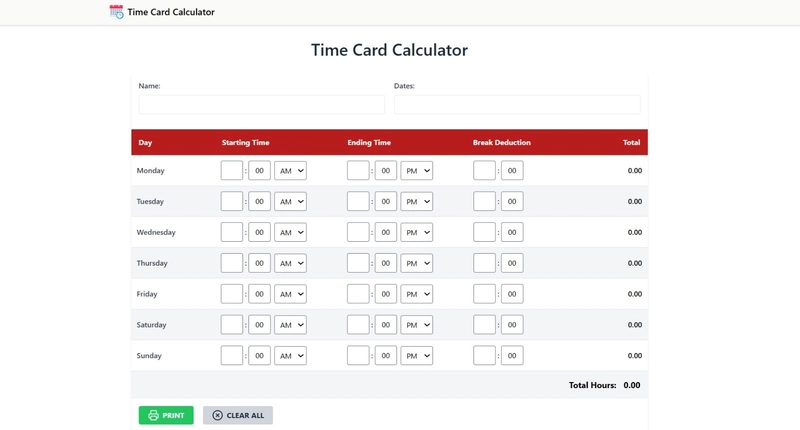
































































































































-All-will-be-revealed-00-35-05.png?width=1920&height=1920&fit=bounds&quality=70&format=jpg&auto=webp#)


















































































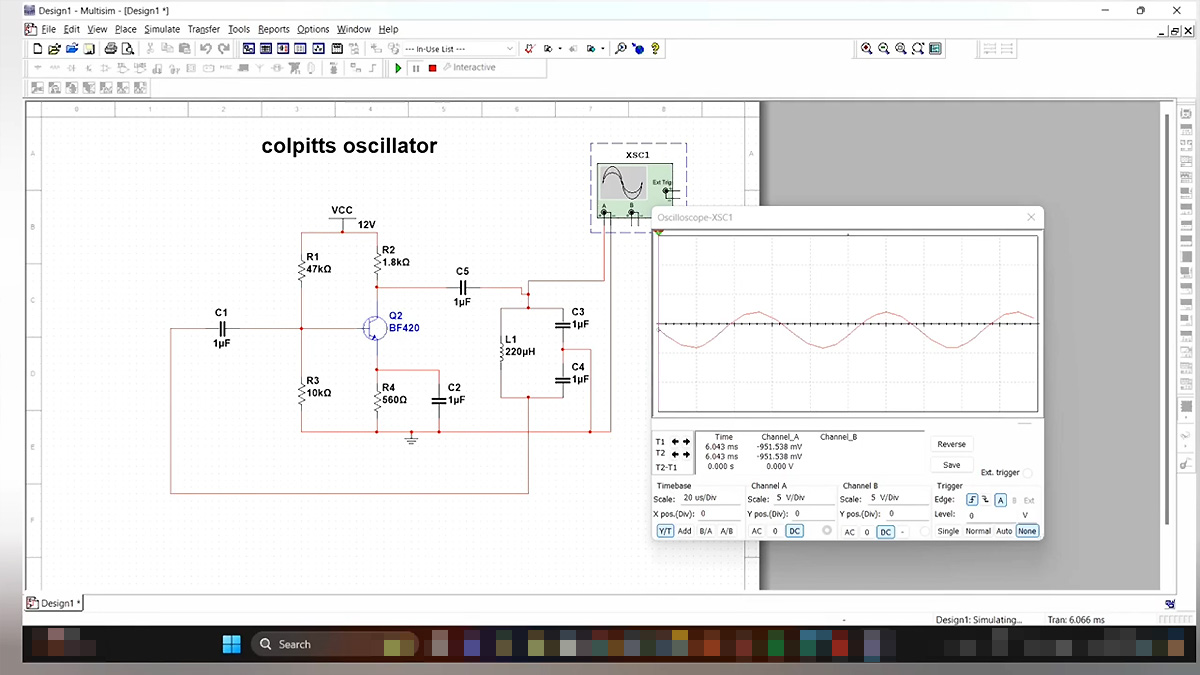







































![What iPhone 17 model are you most excited to see? [Poll]](https://9to5mac.com/wp-content/uploads/sites/6/2025/04/iphone-17-pro-sky-blue.jpg?quality=82&strip=all&w=290&h=145&crop=1)













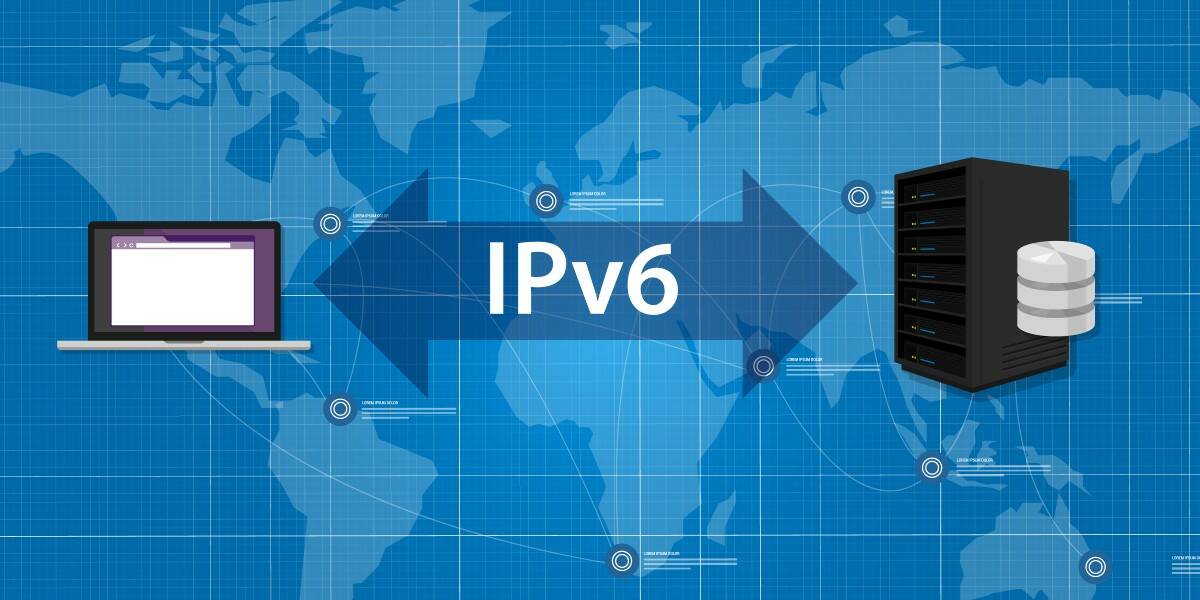



![Hands-On With 'iPhone 17 Air' Dummy Reveals 'Scary Thin' Design [Video]](https://www.iclarified.com/images/news/97100/97100/97100-640.jpg)
![Mike Rockwell is Overhauling Siri's Leadership Team [Report]](https://www.iclarified.com/images/news/97096/97096/97096-640.jpg)
![Instagram Releases 'Edits' Video Creation App [Download]](https://www.iclarified.com/images/news/97097/97097/97097-640.jpg)
![Inside Netflix's Rebuild of the Amsterdam Apple Store for 'iHostage' [Video]](https://www.iclarified.com/images/news/97095/97095/97095-640.jpg)

























































































































